
History and Government
The legal existence of the municipality of Kapangan is by virtue of Act No. 48 passed and approved on November 22, 1900 during the American Civil Government.
After some time, Republic Act No. 4695 was passed on June 18, 1966. This Act was called the Division Law separating Benguet from its mother province, the Old Mountain Province. With the separation of Benguet as a province, it maintained her thirteen municipalities, among them the municipality of Kapangan.
Kapangan is presently divided into fifteen barangays, namely: Balakbak, Beleng-Belis, Boklaoan, Cayapes, Central Kapangan, Cuba, Datakan, Gadang, Gaswiling, Labueg, Paykek, Pongayan, Pudong, Sagubo and Taba-ao.
| BARANGAY | POPULATION* | |
| 1 | Balakbak | 1,372 |
| 2 | Beleng-Belis | 984 |
| 3 | Boklaoan | 644 |
| 4 | Cayapes | 962 |
| 5 | Cuba | 995 |
| 6 | Datakan | 1,699 |
| 7 | Gadang | 1,534 |
| 8 | Gasweling | 1,129 |
| 9 | Labueg | 1,572 |
| 10 | Paykek | 1,550 |
| 11 | Poblacion | 1,841 |
| 12 | Pudong | 1,373 |
| 13 | Pongayan | 945 |
| 14 | Sagubo | 1,697 |
| 15 | Taba-ao | 1,787 |
References:
* - 2010 NSO Census of Population
** - 2010 Partial Data from COMELEC | ||
Atty. Liso Agpas, elected Board Member of Benguet, was the mayor from 1986 to 1998 and was succeeded by Rogelio Leon in 1998 who will serve as mayor up to 2001.
Its Land
Kapangan is located within 16°33" to 16°41" latitude and 120°29" to 120°40" longitude. It is about 29 kilometers away from the capital town of La Trinidad. It is bounded on the north by Kibungan, on the south by Tublay, on the southwest by Sablan, on the east by Atok, and on the west by the province of La Union.
The total land area of Kapangan is estimated to be 17,327 hectares or 6.68% of the total land area of the province of Benguet.
The municipality's terrain is characterized by rugged mountains and hills. Rugged mountains have slopes of 50% while hills have slopes from 30%-50%. The highest elevation is 1,700 meters above sea level while the lowest level is 200 meters above sea level.
Climate is divided into two seasons - the wet and the dry. Wet season occurs from the months of May to October while dry season occurs November to April.
Its Inhabitants
Kapangan has a total population of 15,326 inhabitants in 3,145 households registering an annual growth rate of 0.30% covering the year 1990-1995.
Kankana-ey and Ibaloi are the major ethnic groups and dialects of the municipality.
Education and Culture
Kapangan has at present 25 schools, 11 of which are complete elementary schools. The literacy rate of the municipality has an upward trend with the presence of at least 11 complete elementary schools, 16 barrio schools and 3 high school institutions. The 3 high schools together with the offering of tertiary level courses at the Governor Bado Dangwa Agro Industrial School contribute to the high literacy rate of the municipality.
Like the any other municipality in the province, Kapangan also has the cañao as part of its tradition. Solibao, Gangsa, Pinsak and Takik are their musical instruments and have the song Day-eg and Bad-iw. Tayaw and Sadong are their native dances.
Its Economy
The municipality is agricultural with 13,711.27 has. total land area devoted to agriculture. Of the total agricultural land area, 488.01 has. of which is irrigated while 13,223.26 has. is rainfed. The main crops being planted are palay, cassava, camote and gabi, coffee and banana. Tiger grass are also being produced and are made into softbrooms. Trade and industry in the municipality are limited to small business establishments and cottage industries.
How to get to Kapangan, Benguet
The tourist spots in Kapangan, Benguet are dispersed on several barangays. That is why, it is highly recommended that you visit the Municipal Tourism Office at Lomon, Paykek before proceeding to your preferred destinations. In that way, the municipal officials will help in setting up your itinerary and in recommending spots to visit. They will also assist in coordinating with the respective barangay officials. Plus, you’ll get the chance to take pictures with the ever-enthusiastic mayor if he’s there.
From Baguio City, ride jeeps bound to central Kapangan/Poblacion. These are stationed at Dangwa Station (back of Center Mall). I’ll give you more detailed information about this soon.
From the same station, you can also ride Dangwa and Dakiwagan Liner buses bound to Kibungan as these traverse central Kapangan. Time of departures are 5:30 am-6:00 am, 10:00 am, 11:00-12:30pm, 2:00 pm, 3:30pm, and 5:00 pm. Don’t forget to tell the driver to drop you at Central Kapangan.
BEAUTIFUL PLACES IN KAPANGAN
Chasing Falls in Kapangan, Benguet
The mountainous terrains of Kapangan normally created many waterfalls.
Badi falls is the most popular among these. This is actually a series of at least five beautiful waterfalls at a remote outskirt of barangay Sagubo. The highest of which, measures more than 50 meters high. Some of the falls also have naturally-built pools with icy-cold and crystal-clear waters. Aside from swimming, rappel is often done here. To get here, one needs to hike for more or less two hours from the community proper. Good thing, the trail is well-established though there are steep and slippery parts. Badi falls is a tourist spot in Kapangan you must not miss.
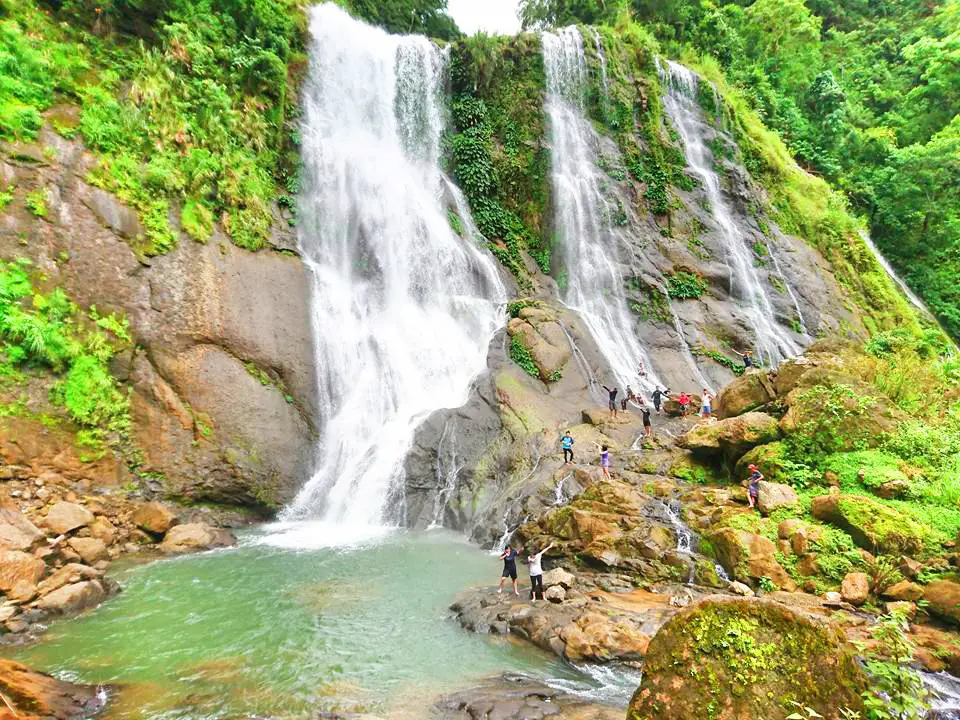
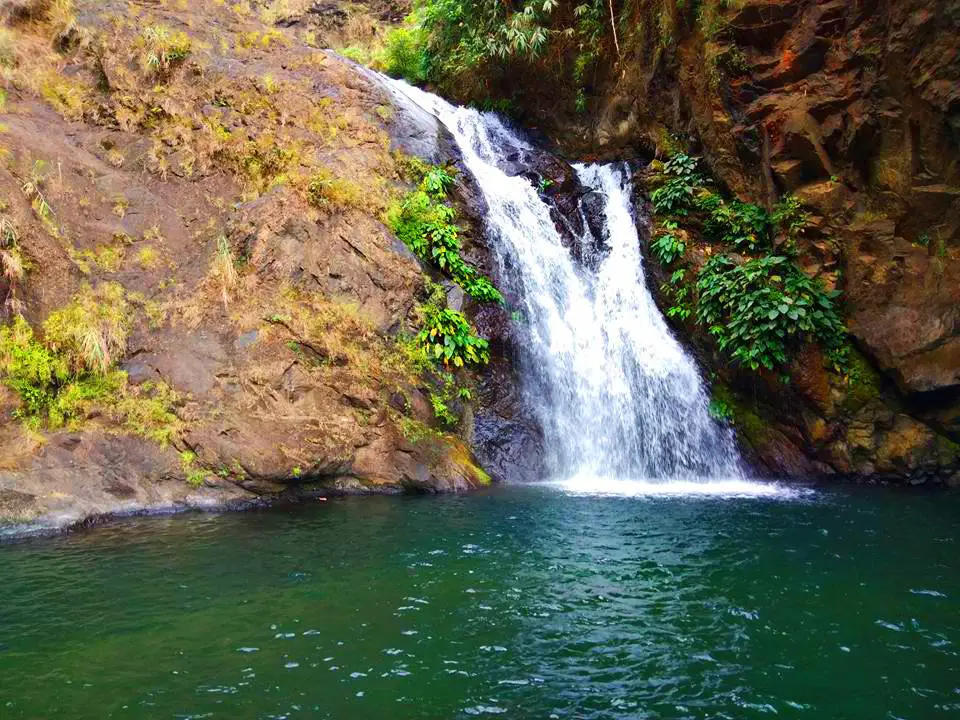
In addition, we have the majestic Pey-og Falls of barangay Boklaoan. It measures more than 100 meters high, making it the highest falls of Kapangan. To get here, trek for an hour or two from the barangay. You will be passing by forested trails, making it even more rewarding and rejuvenating. Upon reaching the falls, its sheer height and beauty offers an instant relief. Its waters cascade in layers like drizzles from the heavens. Even from as far as Halsema Highway in Atok, the waterfalls can be seen especially when it’s on full force during the rainy months.
Other cascades found in Kapangan are Pul-agan falls, Cotinge falls, Dageyadey falls, and Kantaw falls. Many more are yet to be explored and named.
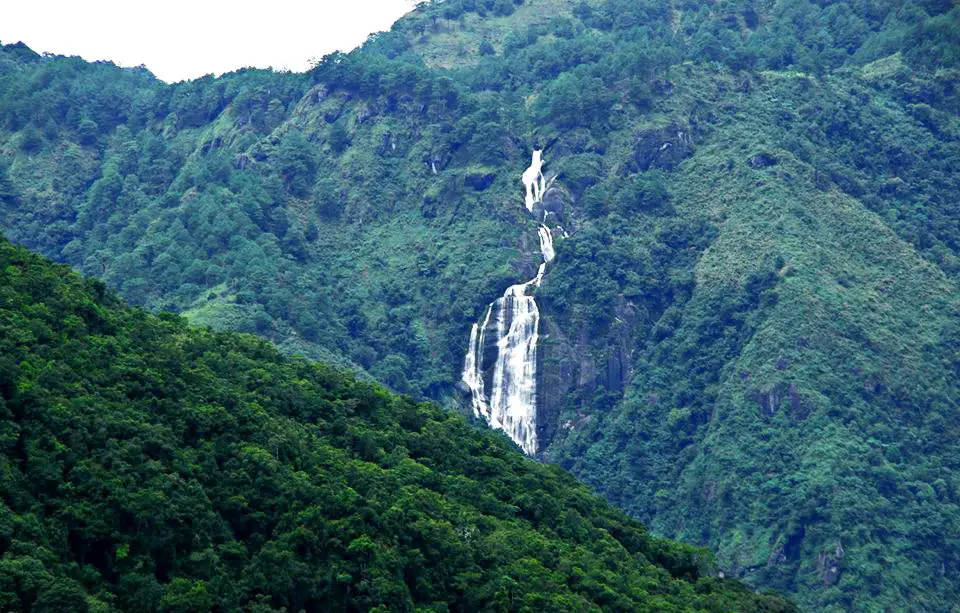
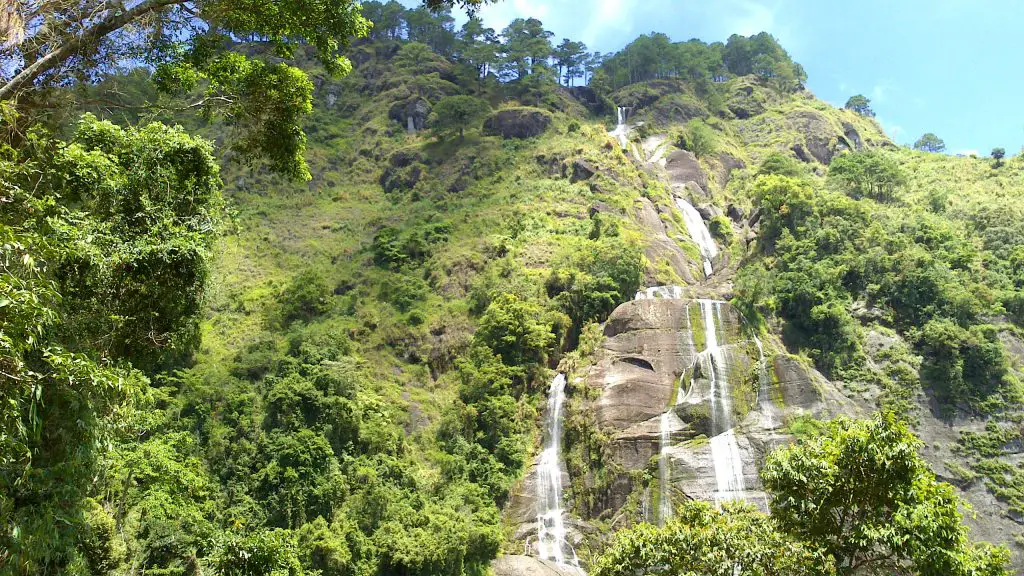
Spelunking Kapangan’s caves of Enchantment
Kapangan, Benguet is definitely a must-see destination for cave enthusiasts and spelunkers. Several caves can be found, however, only the following has been validated for ecotourism purposes.
First, there is Longog Cave. This is perhaps, the most popular and easily accessible cave in Kapangan. It is located at barangay Balacbac, at the foot of Mt. Dakiwagan. From the road, it takes at least 10 minutes of hike to reach the cave. It has a narrow opening and you literally have to clamber on slippery rocks and columns before you get deeper. At some point, you also need to crawl on your belly. So expect to get sandy and muddy. But the challenges of getting inside are eventually dissipated as you marvel on various stalactite and stalagmite rock formations there. There are also pristine pools with icy-cold waters.
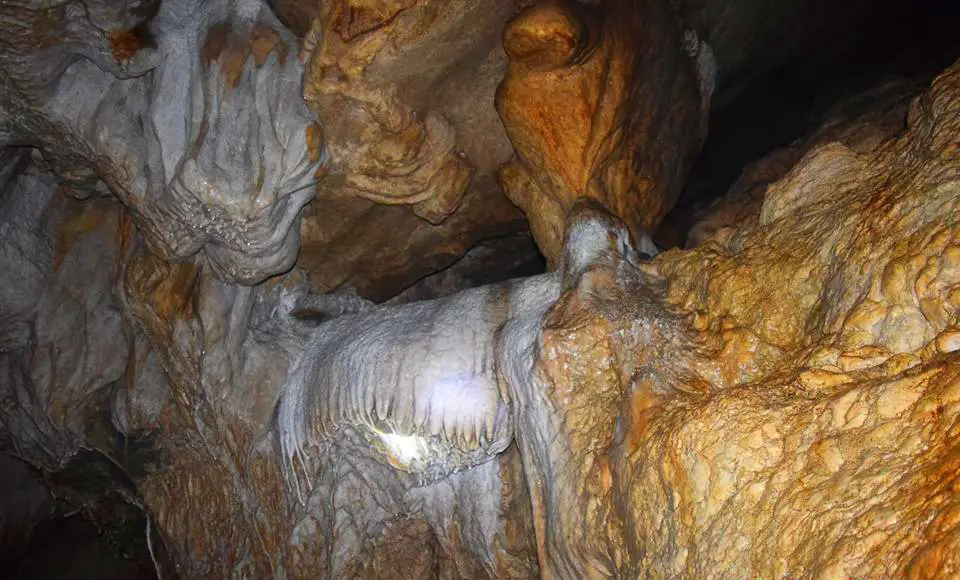
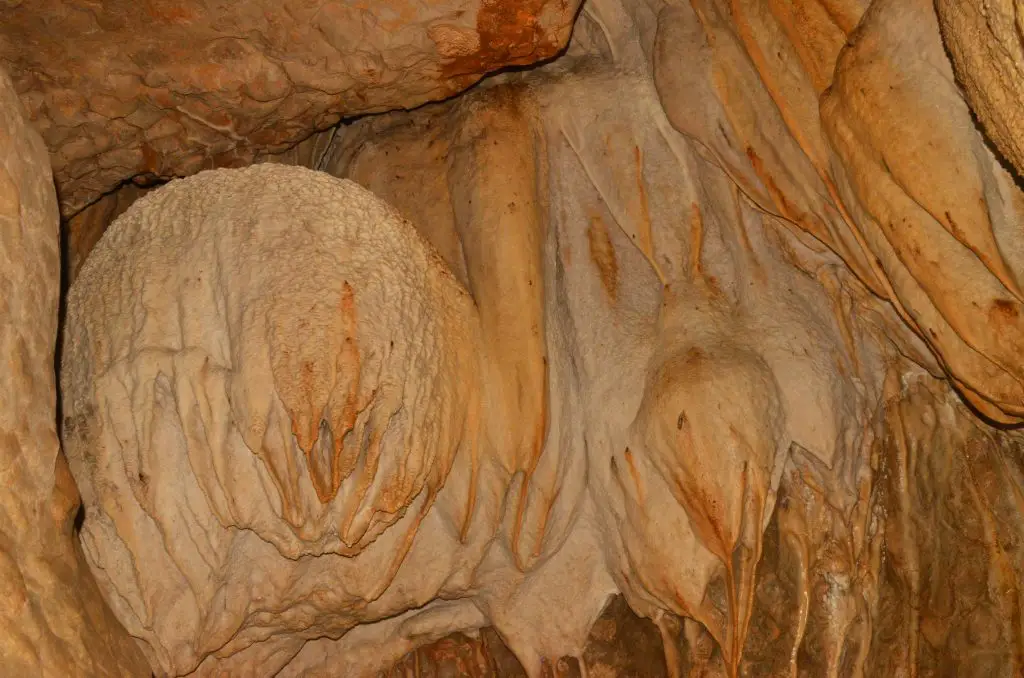
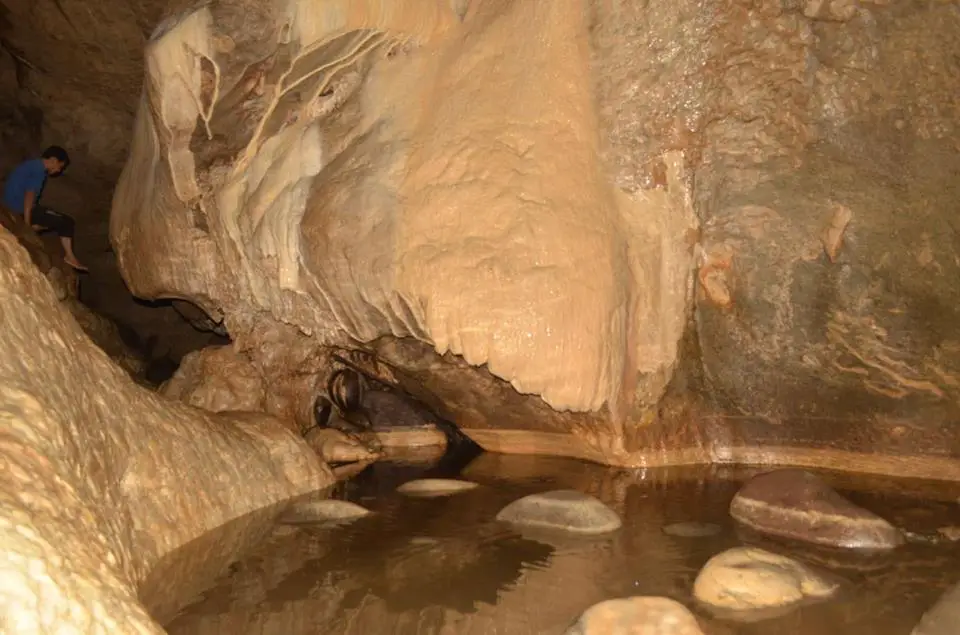
Second, there is Bolingaongao Cave of barangay Paykek. Aside from the glittering rock formations inside, this cave is special for another reason. According to the locals, it played an important historical role during World War II as it provided a safe haven for the locals. There is an area at the mouth of the cave which is suitable for camping purposes. From the Acop-Kapangan road, one must hike at least four kilometers before reaching the cave’s entrance.
Third, we have Bulalakao Cave, found in barangay Taba-ao. It is along the Bolinsak creek where you can find beautiful pools with crystal-clear waters. The cave is named as such because it is a dwelling place of bulalakao, a bird that appears only at night. Accordingly, it creates a frightening sound. Just like in Longog cave, spectacular stalagmite and stalactite formations can be found here. Just near the mouth of the cave, there is a view deck where one can gaze on the mountainscapes of Kapangan.
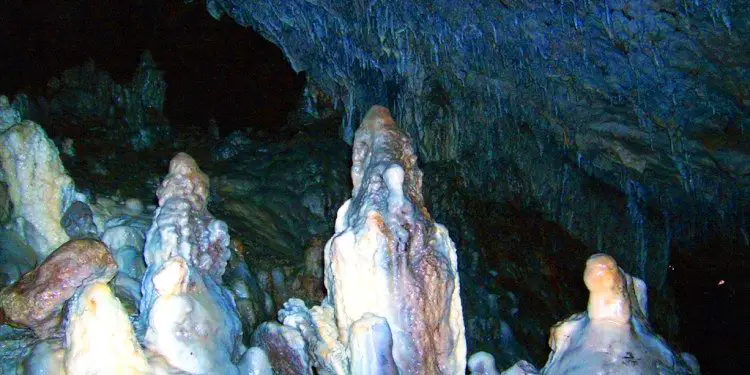
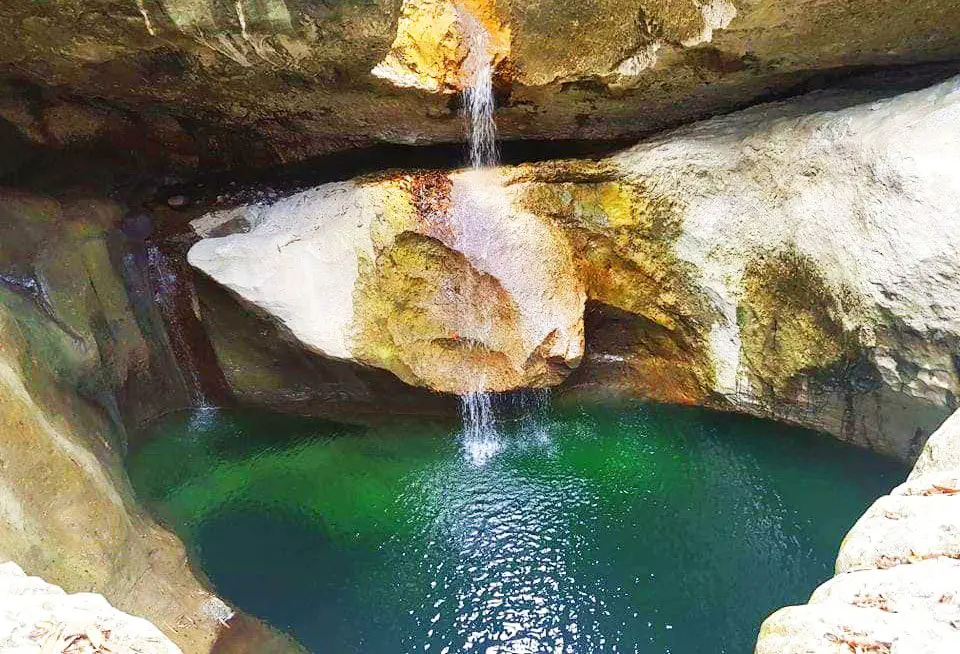
Experiencing Kapangan’s Cave of the Dead
If you are looking to experience cultural wonders, why not try visiting Kapangan’s caves of the dead. Surely, you’ll get a glimpse of the authentic practices of the locals and appreciate the uniqueness of their identity.
For one, we have Balabag Mummy Cave, found in barangay Beleng-Belis. It sits at the foot of Mt. Balabag. Oh yes, you can also gaze on stalagmite and stalactite formations here. From the barangay proper, it takes more or less three hours of hike to get here. After visiting the cave, you can trek to Mt. Balabag and enjoy its rustic and scenic views.
Similarly, you can also glimpse of Puga Burial Cave and Pungayan Burial Cave. Here, one can find piles of skulls and bones. These showcase how the people buried their dead in the past. These are similar to the caves found in Sagada. The locals consider these spots sacred. That is why, be culturally-sensitive when coming here. Never steal or even touch the bones.

Assaulting the peaks of Kapangan, Benguet
Mt. Dakiwagan is one of the numerous peaks found in Kapangan, Benguet. One can readily see it along the Acop-Kapangan-Kibungan road. From a distance, the mountain displays the head of a man as well as other interesting shapes and features. It also shows the face of Santa Claus. From the road, it takes at least three hours of hike to reach its peak. While atop, one can have a panoramic view of the landscapes of Kapangan, and it’s neighboring municipalities of Kibungan and Tublay. The mighty Amburayan River can also be seen from here.

Then, there is the Mt. Bubongna of Kapangan Central. This mountain also plays an important historical role. According to the locals, it served as a campsite of the Japanese forces during World War II because of its strategic location. This was also where a local guerilla killed a Japanese captain, heralding the locals’ heroism. Aside from that, the mountain offers a fascinating view of the lowlands. To get here, one needs to hike for one kilometer from the barangay center.
Other hiking destinations in Kapangan are Mt. Kalukasog, Amkiyet Mountain Range, and Camp Utopia. Camp Utopia, by the way, was a former campsite and hideout of the US armed forces along with their local collaborators.


What Else to See?
Amburayan River. This emanates from the pine-covered mountains of Atok, Tublay, and Kapangan. Different marine species such as eels, small shrimps, and fishes thrive here. Its riverbanks are perfect sites for picnic and other recreational activities. Its pristine waters are fit for swimming and diving. In the past, a spill from an open pit mine contaminated the river, causing massive fish kills. Fortunately, it has seen gradual regeneration and revival through the years.
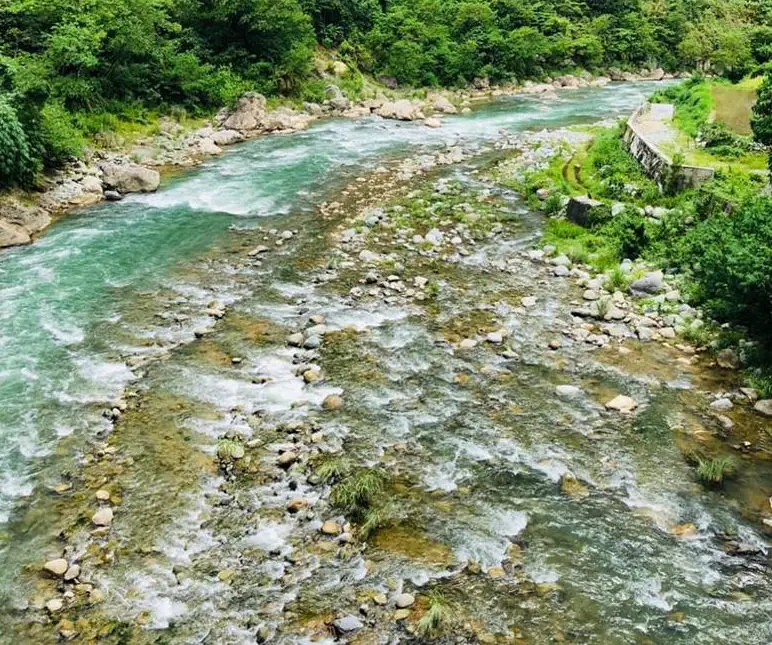
Catampan Rice Terraces. It is just one of the several rice terraces of Kapangan, Benguet. Heirloom rice varieties are grown here. It is best to come here just before the harvest season or just after the planting season.

Kapangan Museum. This proudly showcases various artifacts and materials, depicting the rich culture and history of the locals. The municipal officials currently manage the museum. Accordingly, its location is the site where the first municipal building was built. Historical accounts also show that this is where Japanese soldiers tortured Filipino prisoners during World War II.
Tips and Reminders
- Always coordinate with the tourism office of Kapangan. They will help in organizing your itinerary and in coordinating with the local officials. Contact details are listed below.
- Respect local culture. This means, refrain from acts/utterances which may offend the community. Among these are wearing of revealing clothes, and Public Display of Affection (PDA).
- Don’t hesitate to ask questions or converse with the locals. You’ll hear a lot of interesting stories from them. Plus, you will feel a part of their communal living.
- Never litter. Let us all help in keeping the tourist spots in Kapangan clean and green.
- Enjoy !